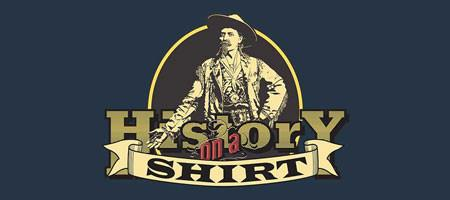As World War 1 Wound Down
Wilbert White wanted to go to war. At least, he thought he ought to. His wife, unsurprisingly, didn't want him to, and presumably neither did his little boy and girl. His wife, who was a missionary's daughter, suggested a war-related job at home. His mother thought the responsibility of this 28-year-old husband and father was at home, providing for his family. But White was interested in joining the Air Service,and his father, who was a Bible college president, and his brother were on his side.
So White ended up in the 147th Aero Squadron, where he was known as "Whitey", and he proved to be a very good combat pilot, becoming an ace and the top scorer of aerial victories in his squadron.
Although some aspects of the war were fierce up until almost the end, the skies were friendlier to the Allies as Germany lost air superiority. So it could be said that by October 10th, 1918, the war was winding down for the squadron, and White was going up for what was supposed to be his last flight before returning to the US.
The mission was to shoot down a balloon, which was not the easy job it sounds. Another pilot in the flight, Charles Cox, was new at the front, and others objected to taking Cox. New pilots at the front had survived a lot already by surviving the airplane and the training. But, as Eddie Rickenbacker himself experienced and explained, they didn't know what to look for in their first combat flights and were especially vulnerable. But no one else was available, so Cox came.
Sheer Nerve and Bravery
While Cox, White, and another airplane covered the airplane attacking the balloon, five Fokkers pounced on them. The German leader started to attack Cox, and White dove straight toward the Fokker, which kept coming at him. Neither swerved out of the way, and the planes collided head-on. It was counted as White's final victory.
Of course, nobody knows for sure what White's purpose was; he could have been just trying to shoot the enemy down and save Cox by playing the aerial game of "chicken." Many of the best pilots won victories this way by not swerving, since as soon as the enemy turned his engine no longer shielded him against bullets. But White's opponent was also an experienced pilot, and possibly both hung on too long not to collide.
Another interpretation, that of Eddie Rickenbacker himself, who witnessed the dogfight, was that White purposely rammed his airplane against the German's to save Cox. In either case it was great heroism; in Rickenbacker's words, "For sheer nerve and bravery I believe this heroic feat was never surpassed."
White is one of the main characters in the The 147th Aero Squadron in World War I by Jack Stokes Ballard and James John Parks, partly because the museum has a lot of material from White's family, and partly because he so heroically represented all the aviators who did not return.
